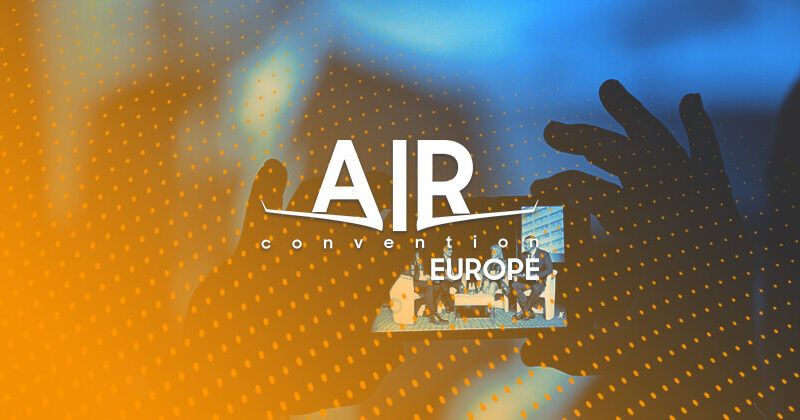With more than 70 electrical vertical take-off and landing aircraft (eVTOL) being built all around the world, the mobility of the future is about to enter the market. But this new generation of transportation will be in need of operators. This is what the Swiss company EBIRD intends to be, with all the challenges that it entails.
The future is around the corner. Aviation giants such as Boeing, Airbus or Bell, as well as transportation companies like Uber are already working on electric and hybrid-electric powered vertical takeoff and landing vehicles. According to the forecast made by Roland Berger Strategy Consultants, passenger drones should appear in the urban landscape by 2025 or 2030, with 98 000 passenger UAVs in service by 2050. Analysts of Morgan Stanley predict that by 2040, the market size for automated passenger and cargo flying vehicles will reach around $615 billion, and even $2.9 trillion, in a more optimistic projection.
Such a lucrative business is sure to attract a plethora of new players, determined to cut themselves a piece of the cake. While the vehicles of tomorrow are still being tested, an operator already emerged. EBIRD positions itself as the first European Urban Air Mobility and Regional Air Mobility provider. The company, based in Zurich Airport (ZRH), intends to use the future developments in air vehicles technology, namely eVTOL, to provide cities with fast, reliable, sustainable and safe intra-urban transportation, with an objective to start service in 2023.
Although Florian Dehne, principal with Oliver Wyman and co-founder of EBIRD, is convinced that this market will be sustainable one day, he seems also conscious of the many obstacles ahead. One of his main concerns is the current vision of the manufacturers. “The first prototypes which have emerged are for now too robotic-oriented, and not enough passenger-oriented,” he said during his presentation at AIR Convention 2019. Passenger processes are overly complicated, and the proposed infrastructures too complexly designed. “We want to bring taxi service in the third dimension and not remodel the aviation industry”.
An example of that is Volocopter. Like all innovative electric vehicles, the big question mark is how to recharge between two uses. The German company made the choice of changing the battery pack completely on an automated line integrated into their “hub”. Dehne believes that the suggested system as it is designed today requires too much investment in infrastructure and might, therefore, be too expensive to be sustainable. Questioned what he thinks about the current concepts for terminals, he says: “The vision we need is a bus station, not a nice looking airport from the 30s with bar service”.
The other challenge forward is the trust of the consumer. “Removing the need for a driver would certainly reduce the cost of transportation, but are people ready to board a drone, with nothing to steer?” For now, the general public might not see drones as a way of transportation, which makes such a business plan more risky than simply using electric planes.
But Dehne imagines that an alternative purpose could spearhead the service: medical air mobility (MAM). Most hospitals already have the infrastructure to welcome helicopters, which make the technology easier to implement. On top of that, people would have no choice but to rely on the service of a drone, which, if it meets the same safety and service standards as conventional emergency helicopters, should convince the population and make drone transportation a reality.
Dehne concludes that marketing is ahead of technology, though he believes there cannot be too much of it, as it promotes the vision of Urban Air Mobility already today. “This helps tremendously to establish this disruptive technology as a future common way of travel and will create the future demand”, he is convinced.

